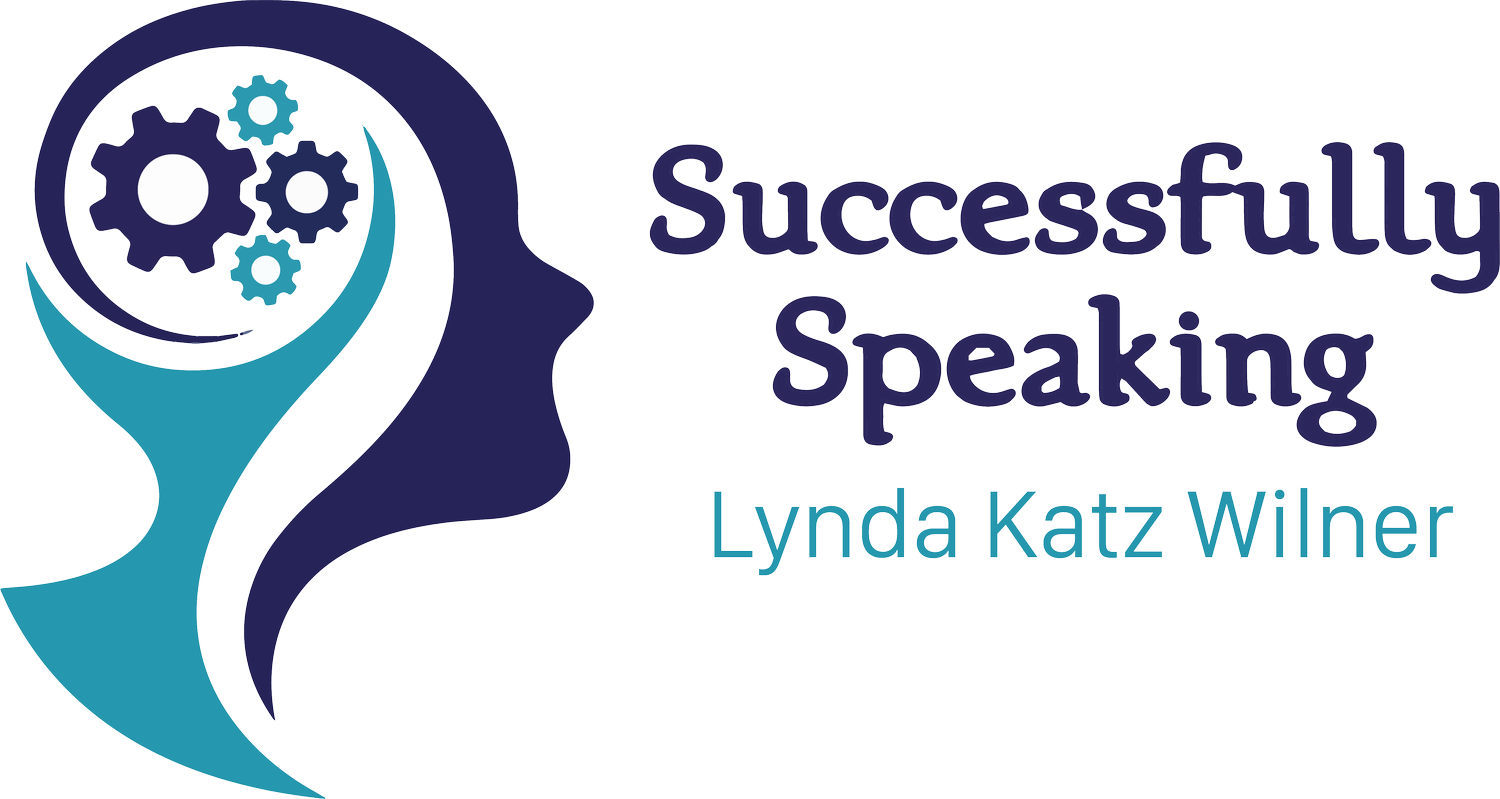Do You Speak Toofast or Toooo S-L-O-W-L-Y?
Think of a time that you’ve had to get up in front of a group of people and talk. Maybe it was a board meeting, a classroom setting, a presentation to a group of peers, or even your best friend’s wedding. Right before you got up to speak, did you think “I just can’t wait to get this over with?” If you did, rest assured that you’re not alone. The majority of people have a tendency to speak much faster when they get up in front of a crowd, for a few different reasons.
Two of the biggest factors are nerves and the natural tendency to want to be finished as quickly as possible. The problem with speeding up your speech in front of a crowd is that you can become hard to understand and may even stumble over your own words, making the whole situation more difficult than it was to begin with. So, with all that being said, let’s delve into rate of speech norms.
What is a typical rate of speech?
For most people, conversational speech falls in somewhere between 150-180 words per minute (WPM), with 180 being a little fast. The average speaker in a TED talk falls at right about 163 WPM. Speaking at this rate is quick enough to hold the interest of the crowd, while slow enough to seem conversational and natural. It’s easy to ramp your rate of speech up above 180 WPM, or even fall below 150 WPM, if you aren’t focusing on monitoring your rate.
Why am I speaking faster or slower than the norm?
One of the biggest influences of your rate of speech is simply the culture that you’re raised in. Is American English your first language? Who you grow up with, where you grow up, and what you do for a living can all have an effect on your rate of speech - this is totally normal. Some other factors are the complexity of your sentences, mental fatigue, where you place your pauses, and how you’re feeling at the time that you’re speaking. Longer complex sentences and difficult words can cause you to slow your speech too much, while a combination of nerves and quick sentences can lead to imprecise pronunciation.
How can I find and correct my rate of speech?
The most accurate way to figure out your rate of speech is to have someone record you giving a speech or presentation, and then analyze your speech for an average WPM count. However, this is tedious and complicated, although it can give you a clear view of what your speech patterns are and how you can improve them. You can also read aloud a reading passage in a conversational manner. Count up the words of the passage and time yourself for 30 seconds or a minute (calculate accordingly). You can then determine your rate. Listen to some of these examples of varying rates:
Fast 204 WPM
Average 168 WPM
Slow 130 WPM
Very Slow 90 WPM
Teach yourself to either speed up or slow down by trying a variety of different strategies. To slow down, stretch out your vowels so your message does not become clipped or choppy (" I will caaaall you at niiiine"). Speak in phrases and insert pauses at appropriate places ("I will meet you / in the conference room / at 3:00 today"). This will help keep your message intact. If you have notes, consider putting a reminder in to slow down or speed up, depending on your normal rate. Add pauses for emphasis or to change things up.
If you’re still having trouble or feel that your speech isn’t coming across as intended, it may be time to talk to a communication coach. Contact us to learn more about modifying your rate of speech.
Tell us about some of your strategies. What works?
